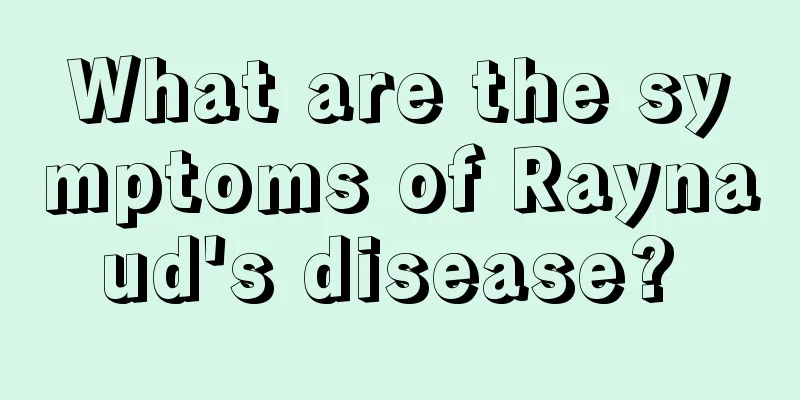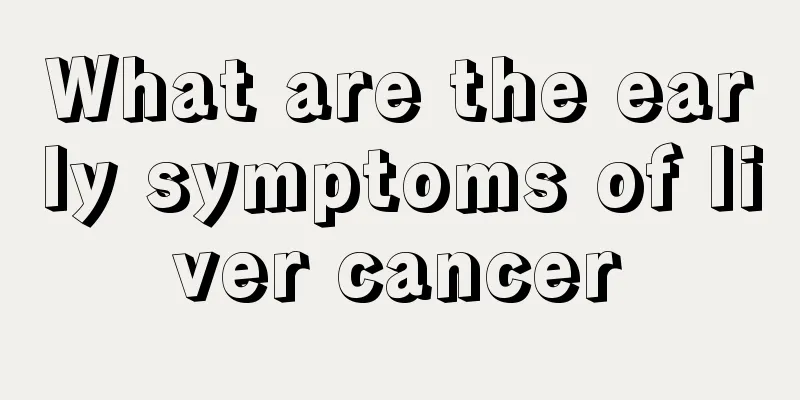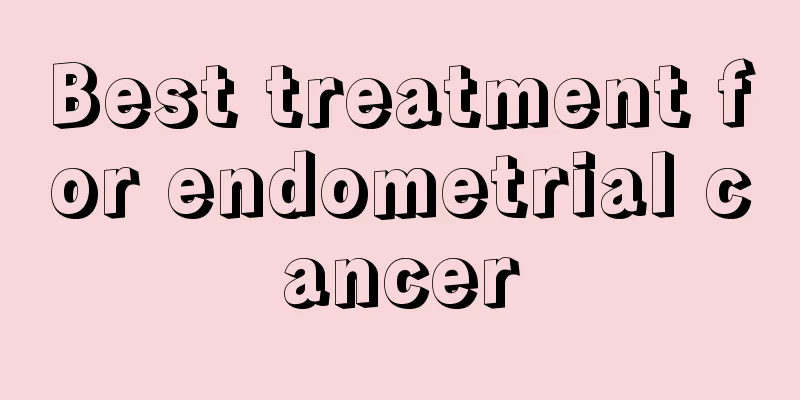How to use gargle correctly?

| Oral health is an issue that people attach great importance to, because the mouth is the entrance for people to eat. As the saying goes, diseases enter through the mouth, which clearly shows the importance of oral health. In order to maintain oral health, people often use gargles to clean oral bacteria, but this method has not yet been popularized. Many people don’t know much about how to use gargles. Let’s take a look at the correct way to use gargles. Rinse your mouth: Rinse your mouth with clean water first. Then use 5 to 10 ml of gargle solution to gargle in the mouth for 2 to 3 minutes to allow the medicine to fully contact with the oral mucosa, thereby achieving the purpose of relieving inflammation and protecting the mucosa. Do not rinse your mouth with water within 30 minutes after gargling. The gargle is a brown clear liquid with a fragrant smell. Clears heat and detoxifies. Used for redness, swelling and pain in the mouth and throat. Generally, rinse your mouth with clean water. To assist in the prevention and treatment of oral diseases and complications, solutions containing certain medications are often used as gargles. Rinsing the mouth with medicated mouthwash can effectively inhibit plaque formation and improve gingival inflammation. Medicated gargles should have the following characteristics: ① no oral and gastrointestinal toxicity; ② not absorbed by the digestive tract; ③ effective for the symptoms; ④ have a broad antibacterial spectrum; ⑤ low drug tolerance induction. Types of mouthwash: 1. Triclosan Triclosan is a mild antibacterial drug with the chemical name trichlorohydroxyphenyl ether, also known as Yujiechun, DP300, and triclosan. It is widely used in soaps, deodorants, disinfectant hand soaps and surgical instrument soaking solutions. After years of research, it has been confirmed that it has significant therapeutic effects on gingivitis, periodontitis and oral infections, can also eliminate bad breath, will not cause tooth discoloration, and has no bad taste, thus confirming its new position in oral care products. 2. Tea polyphenols Tea polyphenols are a complex of polyphenol compounds separated and extracted from tea leaves. Studies have shown that a certain concentration of tea polyphenols can inhibit or reduce the amount of dental plaque and its adhesion on the tooth surface. With the deepening of research on the effects of tea polyphenols on oral cariogenic bacteria and plaque, the anti-caries effect of tea polyphenols has received increasing attention. 3. Chlorhexidine Chlorhexidine, also known as chlorhexidine, is the most widely used drug with the strongest anti-plaque ability. The concentration of the gargle is 0.1% to 0.5%, the effective antibacterial concentration is 100ug/ml to 0.1ug/ml, and it can completely inhibit plaque formation. Chlorhexidine has a stronger inhibitory effect on Gram-positive bacteria than on Gram-negative bacteria. The disadvantage of chlorhexidine is that it causes staining of the tooth surface and tongue mucosa and bitter taste, and may also cause taste disorders. |
<<: Sleep with your arms raised above your head
>>: I like to raise my hands above my head when I sleep
Recommend
What medicine is good for cerebral infarction
Cerebral infarction is usually caused by blockage...
What eye drops to use for corneal red blood streaks
The phenomenon of corneal erythema is the presenc...
What are the complications of radiotherapy for nasopharyngeal carcinoma? Can I take Pingxiao tablets after radiotherapy and chemotherapy?
Nowadays, nasopharyngeal carcinoma generally choo...
What is the situation of throat nodules
3 Throat nodules generally refer to nodules that ...
What are the symptoms after radiotherapy for early nasopharyngeal carcinoma
What are the symptoms after radiotherapy for earl...
What are the symptoms of advanced rectal cancer
Rectal cancer is a common malignant tumor in the ...
Can morning jogging help you gain weight? Can morning jogging on an empty stomach help you gain weight?
Many people have the habit of jogging in the morn...
Common prevention of breast cancer in life
Breast cancer is one of many tumor diseases, and ...
What are the dangers of Coke
Many people like to drink Coke after exercise. Al...
Homemade lip scrub, two rare types
In dry seasons, lips are most likely to become dr...
Things that ovarian cancer patients need to pay attention to in their daily lives
Ovarian cancer is a common cancer disease, and we...
Complete recipe for frozen scallop meat
Scallops are not only nutritious and delicious, b...
What should I do if I have a mouth full of oral ulcers? Do these things well
Oral ulcers, also known as mouth sores, are an ul...
What should I do if there is a bad smell in the kitchen?
In real life, the kitchen is where we cook every ...
The difference between real meat floss and fake meat floss
Fake meat floss is relatively rare, but you shoul...









